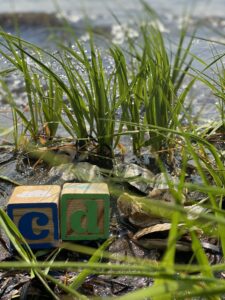Heavy Metals in the Aquatic Environment — Sampling and Laboratory Techniques – Online – February 23rd & 26th, 2026
-
02/23/2026 - 02/26/2026
9:00 am - 11:00 am Pacific Time


Location: Fully online.
Note: This event is split into two sessions over two days; February 23rd & February 26th, 2026
Focusing on arsenic, cadmium, lead, and mercury, the course explores their environmental behavior, chemical forms, and pathways through water, sediment, and biota. Participants will learn how toxicity varies with speciation and exposure, and how these metals persist and accumulate in ecosystems.
The MicroCourse also covers sampling and analysis techniques for water, sediment, and tissue—highlighting methods for preventing contamination, ensuring data accuracy, and producing credible, defensible results. Students will gain a practical understanding of how heavy metals are tracked, measured, and assessed against environmental guidelines.
Interactive elements like knowledge checks, breakout sessions, and real-world examples help simplify complex concepts and reinforce learning.
Topics include:
- Properties and toxicity of arsenic, cadmium, lead, and mercury
- Speciation, mobility, and environmental impact
- Sampling techniques for water, sediment, and tissue
- Contamination control and QA/QC best practices
- Comparing results to environmental guidelines
This MicroCourse is ideal for environmental professionals, field staff, and anyone working in water quality or contamination assessment. It offers a clear, applied introduction to how heavy metals behave in the environment—and why understanding them is essential to protecting water, communities, and ecosystems.
Format: 2 x 2-hour sessions.
